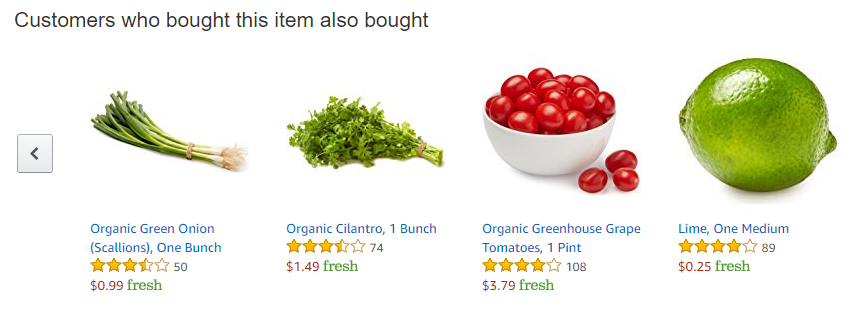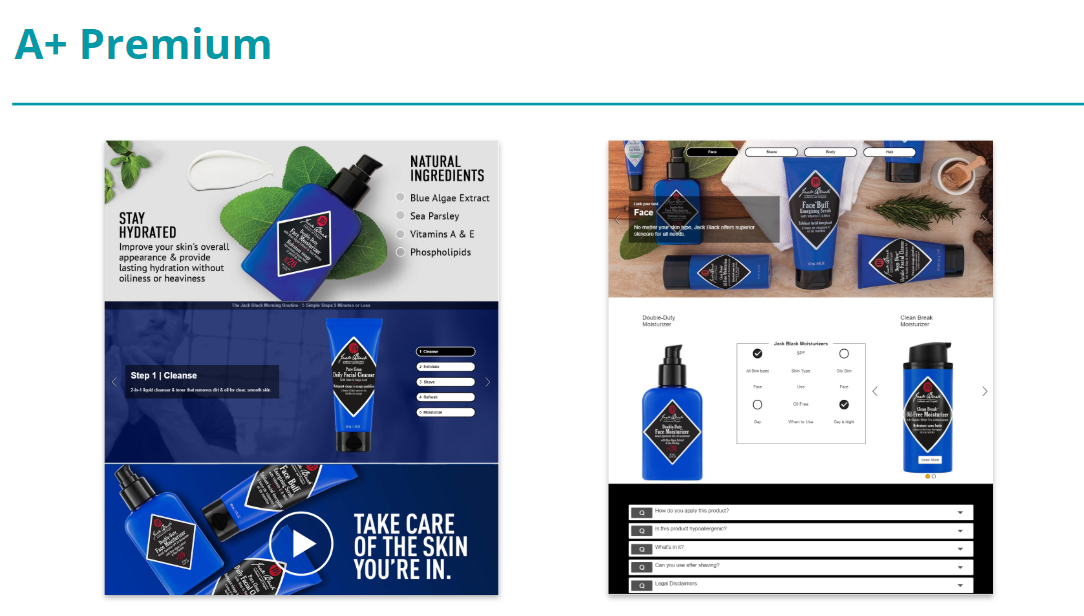This is a guest post by Ryne Misso, Director of Marketing, Numerator.

Before the omnichannel age, delivering a consistent, predictable experience to consumers was much simpler given the experience took place in much more finite space and time.
Think about the in-store experience of yesteryear. Any shopper seeking a specific item was at least guaranteed to see all the different brands on the shelf, the associated pricing on the shelf, and any product details included on the packaging.
Maybe they also passed a promoted end-cap or two which helped them convert. They could not transport themselves to a competing retailer at the click of a button. They could not use a search bar. They could not return to the store over and over again in a matter of minutes to fill in the gaps they missed during their first trip. Nor could they find a competing set of prices by simply opening an app on their phone.
Today, seemingly everything a shopper once could not do is now well within their power. Experience is no longer determined by retailers, but the consumers they serve.
And creating an experience fit for a consumer—who provides no forewarning of when they’ll be shopping, gives no advanced notice of how they’ll be shopping, laments having to share information about themselves, and proudly seeks a different option at the first sign of inconvenience—is not easy. But it is required in order to thrive in today’s retail octagon.
Omnichannel Digital Experience for Brands:
How important is it that brands create a consumer-led, omnichannel digital experience? What steps can a brand take to ensure the experience is effective? I have some thoughts on both of these questions.
It’s their world, you’re just living in it.
We’ve become pretty good at shopping, haven’t we? So good that we have almost no patience for any interruption in our process.
I’m an early adopter and advocate for ordering groceries online for delivery, for example. Now, anytime I even set foot into a grocery store, part of me gets annoyed, even if everything goes smoothly. And more often than not, it does not go smoothly.
If there is one person in line ahead of me, I feel interrupted. If I spend more than 15 seconds looking for the exact item I want on the shelf, I tend to criticize the layout of the shelf (I’m petty). I much prefer shopping on my phone or laptop—an experience I have much more control over.

I’m not the only one out there with a big preference for online and mobile shopping. Black Friday is just around the corner, and data from Numerator suggest we may see more online gifting trips over Thanksgiving weekend than brick and mortar trips for the first time ever.
Online gifting trips were up 11% to 86 million over Thanksgiving weekend in 2017, while brick & mortar gifting trips were down 3% to 96 million.
As digital channels capture a growing share of shopping trips, digital shelves are growing more dynamic and competitive. The time is now for brands to build their omnichannel digital experience, whether they sell Bluetooth headphones or blue corn tortilla chips. How to do it requires both coordination and competitive intelligence.
Same page!
Creating an omnichannel digital experience built to convert takes a lot of coordination to execute well. Brands need to eliminate any existing borders between those responsible for their brand marketing, trade marketing, and digital marketing to ensure the brand promise is consistent from the moment a consumer becomes aware of the brand, through the moment of purchase.
Amazon is revered for setting the bar when it comes to experience, and that is in large part thanks to them making big brand promises, and sticking to them.

You may not realize how often Amazon advertises the elements of their business that are integral to the experience they provide. According to data from Numerator, over 88% of Amazon’s estimated ad spend during the 12 months ending June 2018 was spent on advertising their experience.
Over $200 million alone was spent advertising Prime memberships and the associated benefits, like free and fast shipping, or free streaming. And although they may not 30 years from now, today, Prime members know well that Amazon delivers on the promises of Prime.
Brands selling on Amazon should aim to deliver a compelling digital experience like Amazon has. Prioritize communication and coordination between brand and retail teams, so the inspiration felt in national TV campaigns (or online video campaign, for the emerging brands out there) is also felt on Amazon buy pages.
Make your content compelling, surprising, familiar—just because you’re conducting business on a buy page does mean you can’t have a little fun or take a stand for something. Brands performing well in the digital arena have promised and delivered on a consistent experience everywhere their customers engage them.

The many-faced competition
Coordination isn’t the only challenge in creating an effective omnichannel digital experience. For many categories, digital channels are substantially more competitive than store shelves. Brands face a variety of competitive pressures on digital and mobile shelves, from discoverability, to keyword-squatting.
Shoppers have never had so many options to choose from than they do today. There is such a low barrier to selling online that emerging brands have carved out significant market share in many categories. That has made for crowded digital shelves on which brands are competing for browser attention.
Searching “golf balls” on Amazon returns 140 pages of search results—over 3,000 listings. If you do not have your content, messaging, pricing, and story in line, it is very difficult to cut through that much competition in digital.
If that’s not enough, on ecommerce sites like Amazon, brands are competing with a growing private label portfolio. Amazon is not shy about promoting their private brands, either.
A recent study from Numerator found that Amazon private label products accounted for almost 20% of first row search results across 50 unbranded category search terms. Many of these first row private label listings were sponsored listings, confirming Amazon is investing in improving the digital experience tied to their store brands.

Competitive pressures come in many ways, shapes, and forms. Being able to identify, monitor, and respond to these pressures is key to providing a differentiated digital experience.
Coordination and competitive intelligence are a product of visibility and commitment to process. As we head into 2019, brands should be prioritizing the development of both their omnichannel digital experience, and their process for keeping that experience differentiated enough to convert consistently over time.
You Might Be Interested In












